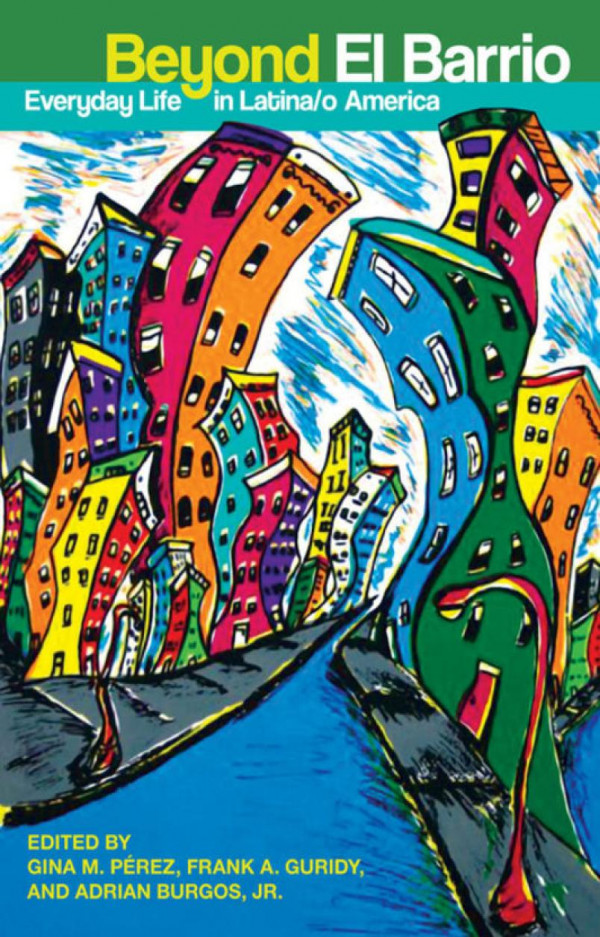

Most ebook files are in PDF format, so you can easily read them using various software such as Foxit Reader or directly on the Google Chrome browser.
Some ebook files are released by publishers in other formats such as .awz, .mobi, .epub, .fb2, etc. You may need to install specific software to read these formats on mobile/PC, such as Calibre.
Please read the tutorial at this link: https://ebookbell.com/faq
We offer FREE conversion to the popular formats you request; however, this may take some time. Therefore, right after payment, please email us, and we will try to provide the service as quickly as possible.
For some exceptional file formats or broken links (if any), please refrain from opening any disputes. Instead, email us first, and we will try to assist within a maximum of 6 hours.
EbookBell Team

4.1
30 reviewsFreighted with meaning, “el barrio” is both place and metaphor for Latino populations in the United States. Though it has symbolized both marginalization and robust and empowered communities, the construct of el barrio has often reproduced static understandings of Latino life; they fail to account for recent demographic shifts in urban centers such as New York, Chicago, Miami, and Los Angeles, and in areas outside of these historic communities.
Beyond El Barrio features new scholarship that critically interrogates how Latinos are portrayed in media, public policy and popular culture, as well as the material conditions in which different Latina/o groups build meaningful communities both within and across national affiliations. Drawing from history, media studies, cultural studies, and anthropology, the contributors illustrate how despite the hypervisibility of Latinos and Latin American immigrants in recent political debates and popular culture, the daily lives of America’s new “majority minority” remain largely invisible and mischaracterized.
Taken together, these essays provide analyses that not only defy stubborn stereotypes, but also present novel narratives of Latina/o communities that do not fit within recognizable categories. In this way, this book helps us to move “beyond el barrio”: beyond stereotype and stigmatizing tropes, as well as nostalgic and uncritical portraits of complex and heterogeneous range of Latina/o lives.